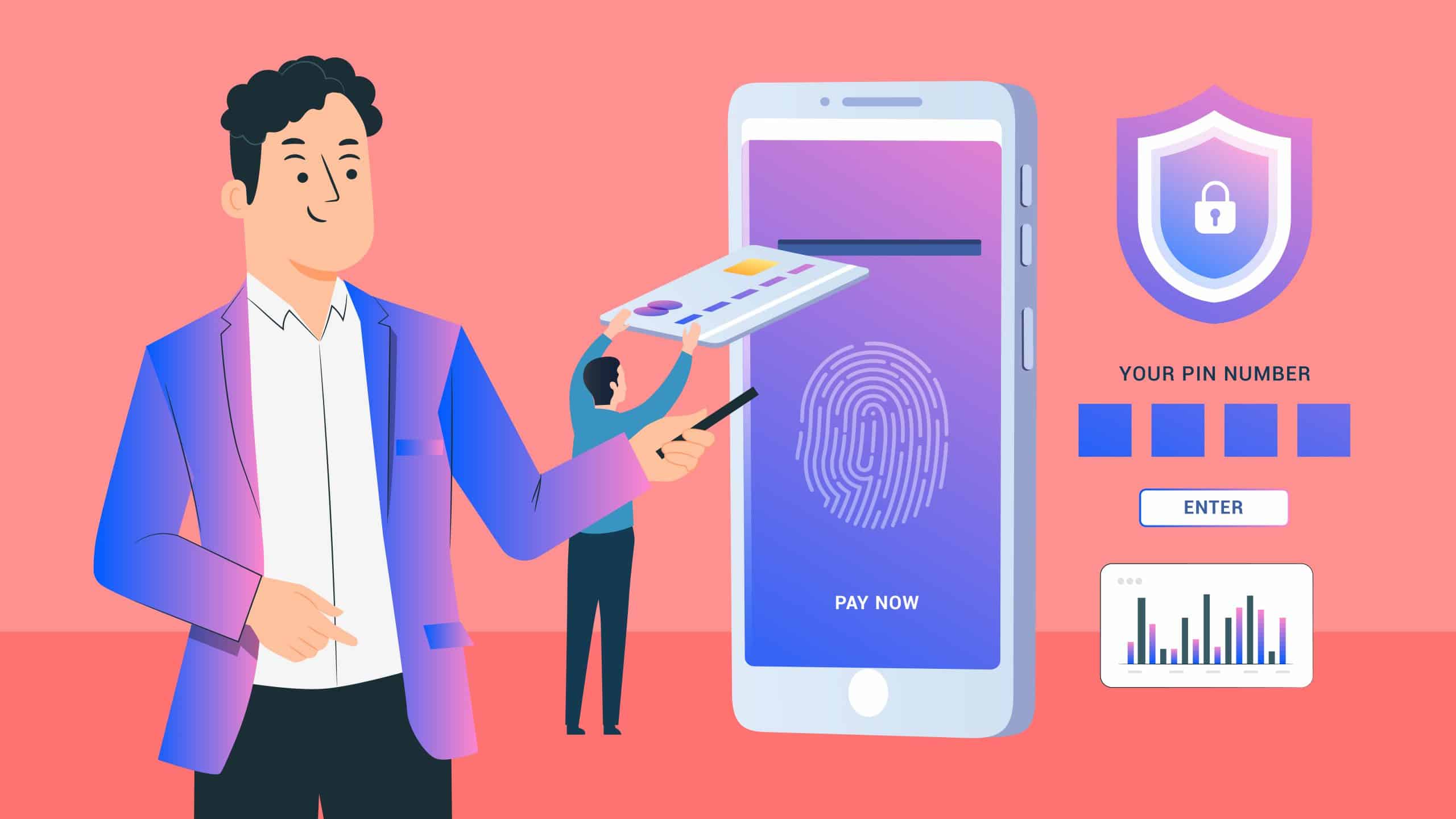Checking the Functionality and Security through In-App Purchase Testing

- July 31, 2023
- admin
The world of mobile applications has completely changed how we use technology. In-app purchases, a popular feature among app developers, enable users to access premium content, services, and virtual goods directly within an app. In-app purchase testing must be thoroughly done, nevertheless, in order to guarantee a seamless user experience and safeguard private data.
This article explores the significance of in-app testing and provides insights into best practices to ensure functionality and security.
What Are In-App Purchases?
In-app purchases refer to transactions made within a mobile application to unlock additional features or obtain virtual goods. They serve as a primary revenue stream for app developers and businesses, offering users enhanced content and services for a fee.
The Importance of In-App Purchase Testing
The process of in-app testing is critical for several reasons:
User Experience
Testing ensures that users can make purchases effortlessly, with a smooth and glitch-free transaction process.
Data Security
Sensitive user information, like payment details, are exchanged during in-app purchases. Data security during transactions is ensured by thorough testing.
App Reliability
By identifying and rectifying potential issues, testing contributes to a reliable app performance, boosting user trust and satisfaction.
Ensuring Functionality in In-App Purchases
To guarantee the flawless functioning of in-app purchases, developers conduct various tests addressing different aspects:
Testing Purchase Transactions
The core of in-app testing lies in examining the transaction flow. Testers verify that users can initiate purchases, view product details, and complete transactions without encountering any errors or roadblocks.
Testing Subscription Services
For apps offering subscription-based services, thorough testing of the subscription process is crucial. This involves validating the sign-up, renewal, and cancellation processes to ensure a seamless experience for subscribers.
Validating Virtual Currencies and Goods
In-app purchases often involve virtual currencies or goods. Testers must validate that these items are correctly credited or deducted from users’ accounts and are usable as intended.
Securing In-App Purchases
Given the sensitive nature of in-app purchases, robust security measures are imperative. In-app testing must include:
Authentication and Authorization Checks
Testing the app’s authentication and authorization mechanisms ensures that only authorized users can access and complete in-app purchases, preventing unauthorized access to sensitive information.
Data Encryption
Data encryption is vital to protect user data during transmission. Testing verifies that all transaction-related data remains secure and unreadable to potential threats.
Payment Gateway Security
Testing the security of payment gateways helps identify and fix vulnerabilities, safeguarding user payment information and preventing fraudulent transactions.
The Role of Test Environments in In-App Purchase Testing
Creating dedicated test environments is essential for effective in-app testing. Test environments simulate real-world scenarios, allowing developers to identify and rectify issues before the app’s official release.
The Challenges of In-App Purchase Testing
The intricacies of in-app purchases present unique challenges that require careful consideration during testing:
Perplexity and Burstiness
In-app testing must handle complex scenarios (perplexity) while being prepared for sudden spikes in purchase activity (burstiness).
Handling Edge Cases
Testing should encompass edge cases, such as interrupted transactions or failed payments, to ensure the app responds gracefully to unexpected events.
Compatibility Testing
To ensure a dependable and uniform user experience across platforms, in-app purchase testing needs to include a range of devices, operating systems, and app versions.
Best Practices for In-App Purchase Testing
To optimize in-app testing, developers can adopt the following best practices:
Automated Testing
Leveraging automated testing tools can significantly expedite the testing process by efficiently executing repetitive tests and freeing developers to focus on more complex tasks.
Real-User Testing
Incorporating real-user testing provides valuable feedback on user experience, identifying potential issues that automated tests might overlook.
Regular Updates and Patches
Frequently updating the app and applying security patches ensures that any identified vulnerabilities are promptly addressed, enhancing app security.
Conclusion
In-app purchase testing plays a pivotal role in delivering a seamless and secure purchasing experience to app users. By ensuring functionality and implementing robust security measures, app developers instill confidence in their customers, leading to increased user satisfaction and sustained revenue growth.











